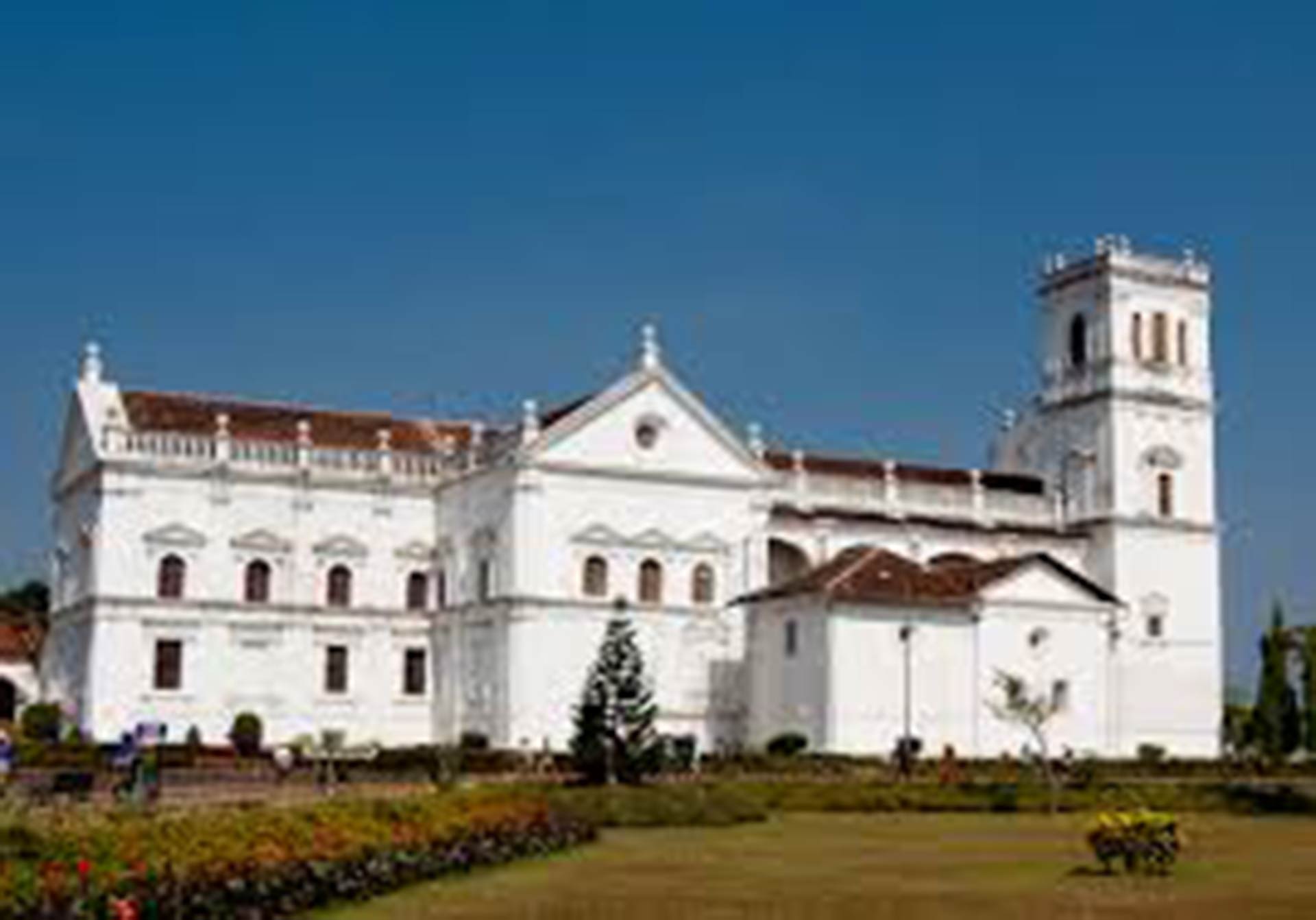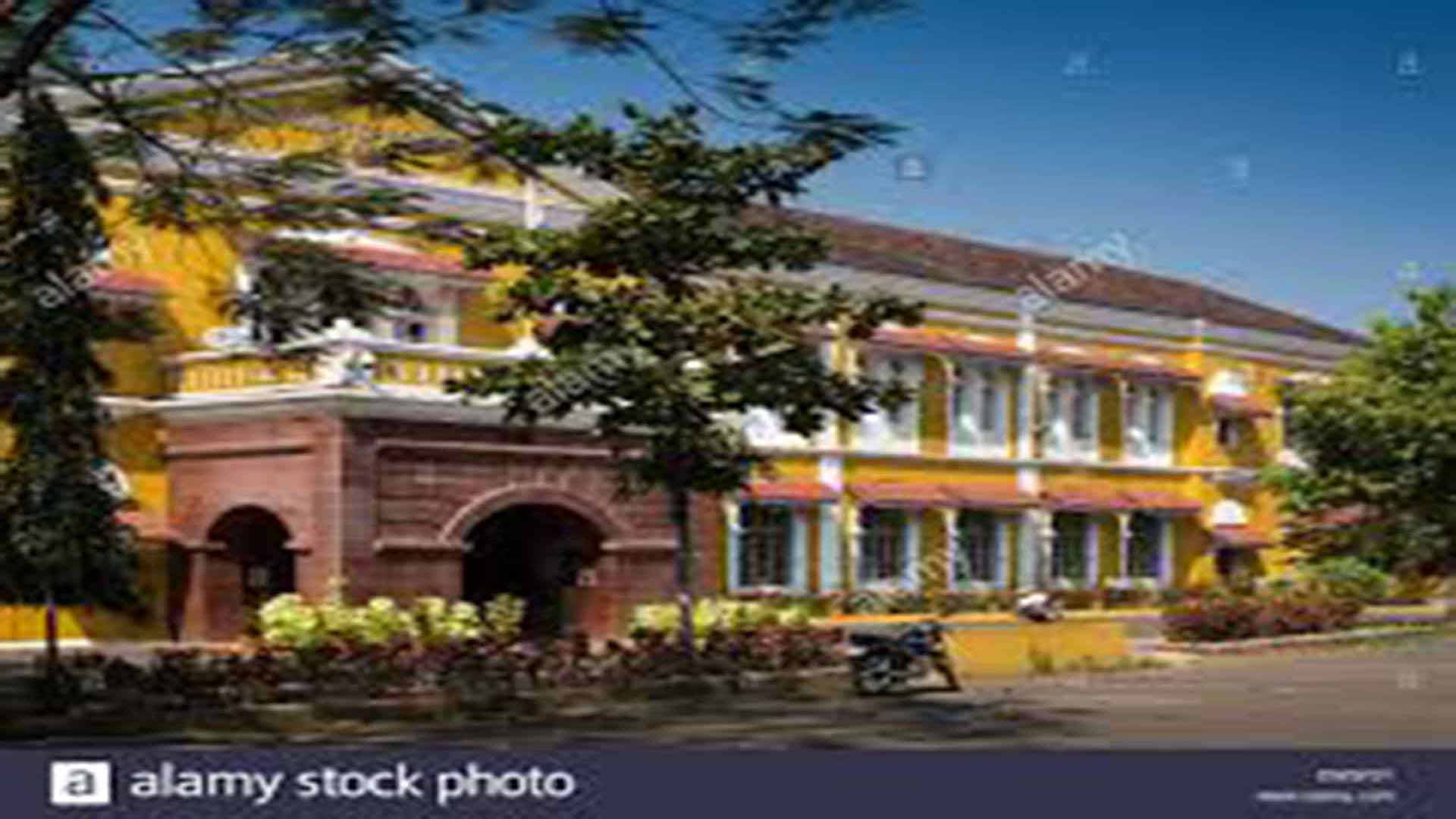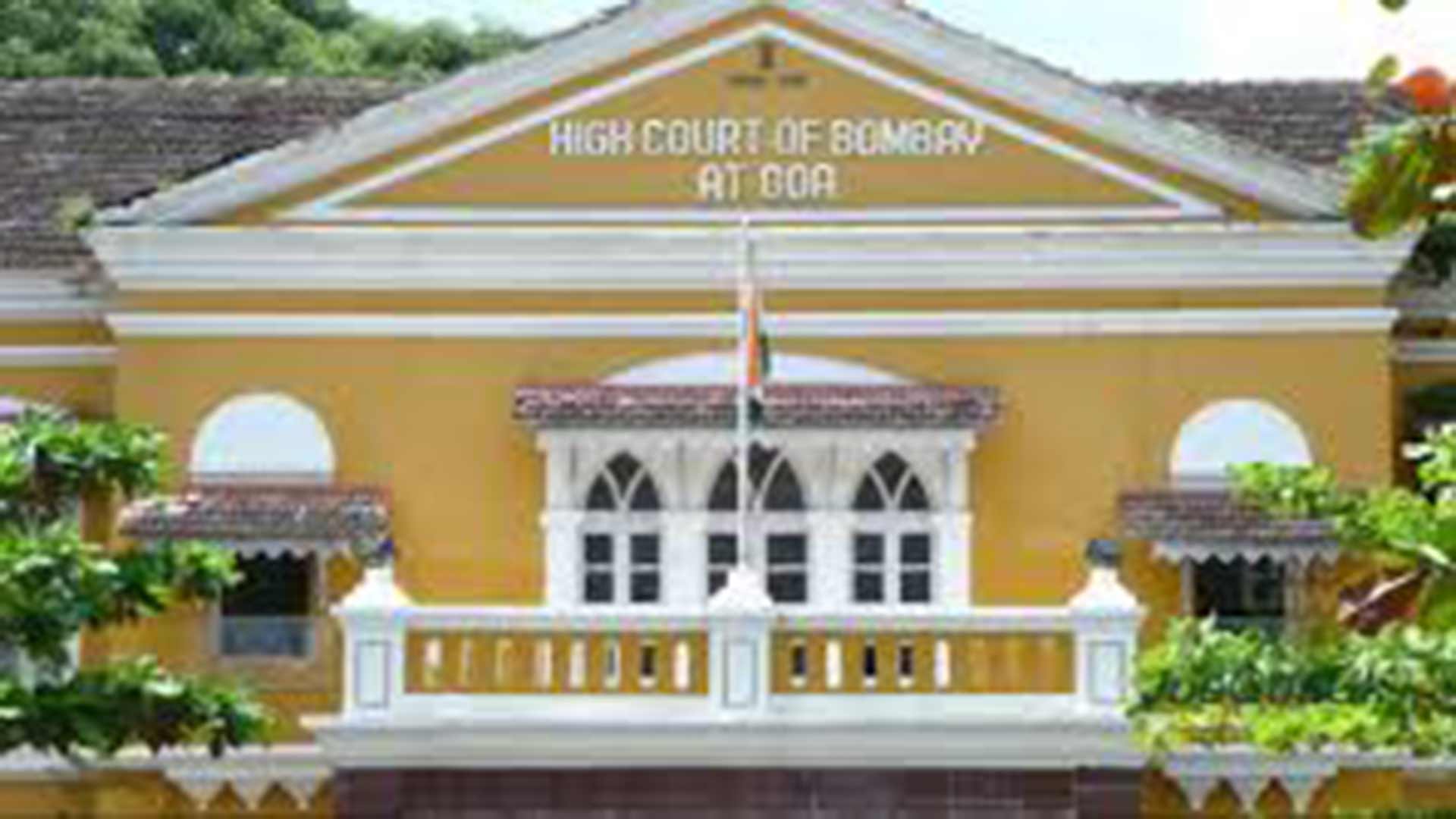Who will do the kator re bhaji?
‘Kator re bhaji’, meaning ‘Be bold; go ahead and do it!’, is not just another idiomatic expression in Konkani; it went down in history after a Goan, Caetano Vitorino de Faria of Colvale, Bardez, was heard prodding his son, Abbot José Custódio, who was with his nerves on edge at the pulpit in the royal chapel in Lisbon. Much later, Faria Jr., who studied the power of suggestion, came to be regarded as the ‘Father of Hypnotism’.
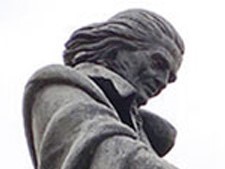
Meanwhile, they say that Faria Sr. and a few others had plotted to oust the Portuguese and establish a republic in Goa, in 1787. Had they succeeded, Goa would probably have seen the establishment of a republican regime two years before the French republic came about with its motto Liberté, Egalité, Fraternité…. (Liberty, Equality, Fraternity).
Today is the 26th of January. How does the common man regard this day? As a holiday, of course! Others look at it as the Republic Day of India, even while unsure of what a republic really means! So let us see what it is, and how it is different from a democracy pure and simple….

A democracy is people’s rule, or – in Abraham Lincoln’s memorable words – “a government of the people, by the people and for the people”. A republic is a “rule by elected officials” (as opposed to hereditary rulers).
Well, all republics are democracies, but not all democracies are republics. For example, a ‘direct’ or ‘pure’ democracy (that in which the people vote directly on every issue) is not a republic; whereas a ‘representative’ democracy (one in which the people elect representatives to study and vote on issues on their behalf) is another name for a republic.
Where does India fit in all this? India gained independence from Britain on 15th August 1947; but few may know that the King of England continued to be at the helm, thanks to the Government of India Act of 1935 that remained in force for some time to come! Why? Simply because Free India still did not have a constitution! So, on 28th August 1947, a committee was appointed, with Dr Ambedkar as chairman, to draft a constitution. This became effective from the 26th day of January, 1950.
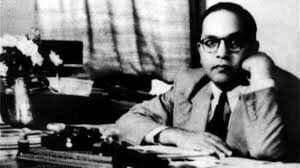
Thus, whereas Independence Day celebrates India’s freedom from British rule, Republic Day celebrates India’s constitution. Interestingly, 26th January was chosen as the D-day because, twenty years earlier, on that very day, the freedom movement spearheaded by the Indian National Congress had declared Purna Swaraj (complete freedom) as its objective. The 26th of January was dedicated to fully honouring that freedom, with the rule of law.
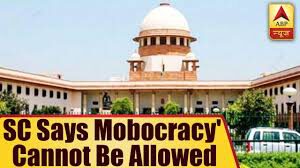
The Preamble of the Indian Constitution states that India is, among other things, a “democratic republic”. Thank God, there are internal checks and balances that prevent it from turning into a dictatorship. However, some would have it that India is indeed a democracy, a plutocracy, a kleptocracy and a mobocracy, all rolled into one! If that is so, who is responsible for this state of affairs? You and I! And thanks to its economic and technological progress, India today is a Netocracy as well. This is the great new reality. Remember, social networking is said to have clinched Obama’s recent victory; similar political trends are noticeable in the Indian context as well.
In 1950, India’s many monarchs gave in to the supremacy of the people. Democracy shaped in the form of a republic became the spirit of India. But the moot question is: Where do we, the people, stand today? Have we really grown and blossomed as a republic?
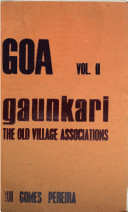
The republican system is not new to India. Our villages with their ganvkari were indeed little republics, each of them self-sufficient in goods and services. Under the Portuguese they came to be preserved as Comunidades, whereas in British India it is unfortunate that the system vanished into thin air.
Where do the precious values of those institutions stand today, in our fast-moving world steeped in materialism and consumerism? Today, India will flaunt her might at the Parade in New Delhi; but has the common man in India any might to parade? Can we in all honesty celebrate the sovereignty of the people of India? Aren’t the people usually taken for granted?
While we thank the Almighty for the positives that the country has seen, including its proud position in the comity of nations; it is also important to look at the abysmal lows that we have touched: the newspapers are brimming with news that makes us hang our heads in shame.... So, really, the speechifying must stop – I must stop – and we must ensure that we work concretely towards refreshing changes in the country. And to see that the Republic of India truly turns around, it is for you to bell the cat; it is for you, the younger citizens, to do your bit of the kator re bhaji!
(Republic Day speech, 2013, Prerana, Vol. XV, 2012-17)
State Control of Church Property: Unwarranted, Perilous and Counter-Productive
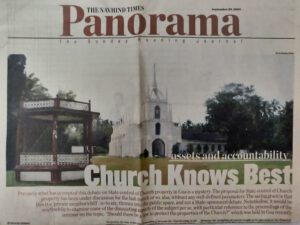
The proposal for State control of Church property has been under discussion, for the last month or so, alas, without any well-defined parameters. The saving grace is that this is a ‘private member’s bill’, so to say, thrown into the public space, and not a State-sponsored debate. Nonetheless, it would be worthwhile to examine some of the disquieting aspects of the subject per se, with particular reference to the proceedings of the seminar on the topic “Should there be a law to protect the properties of the Church?” which was held at the Goa International Centre on 28th July 2009.
Why now? – Precisely what has prompted this debate on State control of Church property in Goa is a mystery. At the said seminar, broad remarks and vague allegations were made about the functioning of the Church; there were some sweeping generalizations, too, mainly because the speakers failed to distinguish between the situation of the Church in Goa and the rest of India. As a result, none of them were able to convincingly state what is wrong with the status quo. If at all the present law regulating relations between the Church in Goa and the State is violative of the law of the land, as it was made out to be, how has the law been in operation for almost five decades? The fact of the matter is that the impugned law is not violative, because Ordinance No. 2 of 1962, promulgated by the President of India, provided for the continuance of that law and many others.
The theme of the seminar was artfully worded. It gave one the impression that the Church had solicited help and so the State was going to privilege her with a law protecting her properties from whosoever. While this was only too good to be true, it was also unnecessary, because the Church today is not seeking privileges any more than she rightfully has; what she eagerly desires, however, is conditions conducive to working peacefully within a secular framework.
Is ‘Secularism’ pliable? – Secularism would ideally mean total separation of Religion and the State, leaving no room for the latter’s intervention in the affairs of religious bodies. In a free society the State has to refrain from interfering with matters of a religious nature; its duty is to ensure that individuals can freely profess, practise and propagate their religion. In India, these rights can theoretically be abridged on grounds of public order, morality or health; the State can even make a law regulating or restricting any economic, financial, political or other secular activity associated with religious practice. But all this has to stand the test of “reasonable restrictions”, and it is incumbent upon the State to prove the need for change, lest the idea of secularism should turn pliable to the State’s whims and fancies.
Perils of State Intervention – One may tend to believe that State intervention is ‘safe’, considering that the rights of the minorities and the freedom of religion stand guaranteed by the Indian Constitution. One may not even feel threatened by some initial State involvement strictly limited to the secular part of a religious matter (say, the scale of expenses to be incurred by a religious institution in connection with rites and observances). In practice, however, such intervention can be an irritant or worse, an intrusion in the religious affairs of a body. Hence it must be ensured that the State intervenes only in extremis.
At any rate, is the Church in Goa a fit case for State intervention? And whatever the modalities of control sought to be exercised on the Church in Goa, citizens would, in the first place, doubt the State’s credentials for such a task! This is not to question the sovereignty of the State but only to emphasize that the State has almost always been a poor manager. For instance, by its intervention, a centuries-old, home-grown and much loved institution like the Ganvkari or Comunidades is in a shambles today. Such is the track record of the State that one can foresee that its control on Church property could result in gross mismanagement, appropriation of funds, encroachments, sale and alienation of lands, and the dismantling of the Church infrastructure, leading to a gradual demolition of the religion.
Political and administrative interference from the State is something that Boards and Trusts of some religious communities outside Goa have often complained about. Some faith communities were compelled by the civil law to have State-managed bodies appointed to run their affairs, because of certain circumstances related to the pre- and post-Independence history of their respective faiths. For them, State intervention became a necessary evil, whereas in Goa history took a different course. Therefore the argument that all religions, everywhere in India, must be on the same footing – or, in other words, suffer from the same malaise – is simply not tenable!
State within a State? – It was pointed out with gusto at the seminar that there cannot be a State within a State. Fair enough. But why cast a slur on the Church in Goa? Has the Church thrown a challenge or posed a threat to the secular State?
The ‘State within the State’ syndrome is perhaps true of some of our business houses. How else does one explain the lingering case of the decrepit River Princess? The concerned business house rules the waves, suggesting that they never will be slaves (with due apologies to ‘Rule Britannia!’). Indeed, they are a State within the State!
Or is it simply the magnitude of the Church’s holdings that makes her look like a State within a State? If yes, let this yardstick apply to our mineral ore exporters; they have to be held accountable for creating environmental problems – and what is more – while making profits on what is essentially State property! Will there ever be the political will to intervene in the internal affairs of these erring business houses?
In contrast, Church assets, mainly comprising donations and gifts from members of the community, have several onuses to be fulfilled. They are held by specific Trusts and their proceeds employed for charitable purposes, particularly education and health among the poorest sections and across faith communities.
Finally, is it the influence that the Church wields in public life that makes her look like a State within a State? Then the same objection should logically extend to the whole of the Fourth Estate!
And at this rate, we shall soon cease to be a democratic State!
Has the Church been above the law? – The world over, the internal affairs of the Catholic Church are governed by the Canon Law. Thanks to her international juridical personality, the said law is admissible in the court of law, since it is not at variance with the civil law. Hence the question “Can you allow any religious head to exercise his power without any regulation?” is malicious, and offensive to the head of the Church in Goa. While observing that “any activity ungoverned by law is lawlessness and would lead to arbitrariness” the speaker failed to recognize that India suffers miserably from lawlessness and arbitrariness despite a proliferation of civil and criminal laws (or sometimes because of it)!
So was it right to peremptorily accuse the Church of ‘lawlessness’? As an institution she enjoys a centuries-old tradition of respecting the canon, civil and criminal laws, and this has naturally made her members law-abiding citizens of the country and the world.
Unique Goan Situation – A look at the situation in Goa as a former Portuguese colony should provide answers to many a nagging question. It is well known that in 1961, in support of the many solemn promises that had been made earlier with regard to preserving Goa’s identity, many Portuguese laws were accepted by the Republic of India – for instance, the Portuguese Civil Code, now hailed by all communities in Goa as being fair and progressive and by the Union of India as a model for the country.
Now this has privileged the Hindu, Catholic and Muslim communities in Goa vis-à-vis their pan-Indian counterparts. And it is within this historical framework that their institutions have been functioning, be it the Confrarias, Fábricas and Cofres of the Catholics or the Mazanias of the Hindus. Now, should all these institutions that are unique to Goa change only because they do not conform to a pan-Indian model? If so, where is the principle of Unity in Diversity?
Therefore, the contention that the existing law in Goa regulating the relations between the Church and the State should be modified for the same reasons and to the same extent as it was modified in Portugal, as authoritatively stated at the said seminar, is unacceptable. Are we still tied to the apron strings of Portugal (the proverbial ‘colonial hang-over’) or conveniently blind to the fact that the Goan/Indian Christian situation is different from the Portuguese?
Transparency and Accountability – This is of the essence. The Catholic Church in Goa is equipped from within to ensure the same in temporal matters, the General Statutes of Confraternities and Rules and Regulations of Fábricas & Cofres being two main examples. There is an ever-increasing participation of both the clergy and the laity in all her institutions, which amounts to an internal system of checks and balances. There is a well-established hierarchy to oversee the same. Besides, the Church is subject to all the laws of the land, including the agrarian reform; her accounts are audited, like those of any other civil body, and she pays taxes to the State without any special exemptions. This time-tested organization has found acceptance the world over; so why all this nitpicking here?
Therefore, to allege (on behalf of the State) that the assets of the Church are being mishandled is a classic example of the pot calling the kettle black! Can the State legitimately claim that it utilizes public assets in a responsible manner? Isn’t mismanagement or embezzlement of funds the order of the day in the State? If stray occurrences of this nature inside the Church can justify State intervention, then the reports of chaotic happenings in the country surely call for declaration of a state of emergency!
The Church fulfils her legal duty of rendering to Caesar what is Caesar’s; she renders what is due, nothing less – so why should the State demand anything more?
First published in Renovação (Vol. XXXVIII, No. 17, 1-15 Sept 2009, pp 7-8) under the title 'State Control on Church Property: Unwarranted, Perilous and Counter-Productive'. Reprinted with permission by The Navhind Times (20 Sept 2009) as 'Church Knows Best', in 'Panorama', Sunday magazine, p. 1.
Fresh Legal Insight
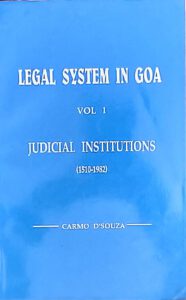
Legal System in Goa, Vol. 1, Judicial Institutions (1510-1982), by Carmo Souza, [Self-published, 1995] pp. 189; Rs 150
Carmo Souza's book on the legal system in Goa is a welcome addition to the literature on a subject hitherto found only in Portuguese. Originally his doctoral thesis submitted to the University of Poona, it traces the developmental history of the judicial system in Goa from 1510 to 1982. This had been singled out for praise by the then chief justice of India, Mr Y. B. Chandrachud, when he inaugurated the Goa bench of the Bombay High Court at Panjim, in 1982.
Logically, the present work should have been preceded by a study on the legislation and legislative institutions of the corresponding period, in an independent volume. This is now expected to be out shortly.
The present volume assumes importance for several reasons. The Portuguese were the first colonial power to set foot and control a vast Oriental empire. Once Goa became their headquarters, the Tribunal da Relação, or High Court, was established in the old city of Goa in 1544. It administered justice at the appeal level to all the Portuguese settlements from the Cape of Good Hope to the China seas. With them was formed the modern concept of international law in trade, commerce, and navigation.
In the introductory chapter, the author refers to old and modern judicial institutions in Portugal and compares them with those set up in the Estado da Índia. Chapter 2 gives a brief idea of the pre-Portuguese judicial system in Goa, including the Comunidades, and goes on to discuss twenty major offices and institutions that administered justice sectionally, that is, "taking into consideration the different interests and pressures rising in the cosmopolitan society created by a maritime empire.” That list includes, among others, the Tribunal da Relação (treated in detail in chapter 3) and the Holy Tribunal of the Inquisition which, says the author, quoting a contemporary (ex-) Jesuit historian, had “apparently won the confidence of the natives.”
Chapter 4 dwells on the tumultuous period from 1800 to 1961, which saw the advent of constitutionalism in Portugal. A new process began with the decrees of 1832/36. Goan territory expanded with the addition of the New Conquests, where the indigenous system of judicial administration was allowed to continue, and uniform dispensation of justice came only towards the end of the nineteenth century.
"Post-Liberation Judiciary” makes up the final chapter. It treats the dismantling of a “vibrant system”. Problems encountered in the transition phase are brought out.
('Panorama', The Navhind Times, 1 Oct 1995. For longer version of the review, see 'Long Arm of the Law', in Herald - The Illustrated Review, 15-30 June 1995)
The long arm of the law

Legal System in Goa, Vol. 1, Judicial Institutions (1510-1982), by Carmo Souza, [Self-published, 1995], pp. 189, Rs 150
With the debate on the Uniform Civil Code picking up in the country, the history of the legal system in Goa can well be expected to come into focus very soon. Our Civil Code, framed by the Portuguese and still in force, as well as the judicial system developed by them, had been the object of praise for the then chief justice of India, Y. B. Chandrachud, when he opened the Goa bench of the Bombay High Court in Pangim, in 1982.
Carmo Souza's book on the legal system in Goa is a welcome addition to literature on the subject hitherto found only in Portuguese. Originally his doctoral thesis submitted at the University of Poona, this academic presentation traces the developmental history of the judicial system in Goa from 1510 to 1982. Logically, this should have been preceded by a study of the legislation and legislative institutions of the corresponding period, in an independent volume. But this will hopefully come as a sequel.
The present volume assumes importance for several reasons. The Portuguese were the first colonial power to set foot and control a vast Oriental empire. Once Goa became their headquarters of the empire, the Tribunal da Relação, or High Court, established in the old city of Goa in 1544, administered justice at the appeal level to all the Portuguese possessions and settlements from the Cape of Good Hope to the China Seas. With them was formed the modern concept of international law in trade, commerce, and navigation.
In the introductory chapter, the author refers to old and modern judicial institutions in Portugal and compares them with those set up in the Estado da Índia. Chapter 2 gives a brief idea of the pre-Portuguese judicial system in Goa, including the Comunidades, and goes on to discuss twenty major offices and institutions that administered justice sectionally, "taking into consideration the different interests and pressures arising in the cosmopolitan society created by a maritime empire.” That list includes, among others, the Tribunal da Relação (treated in detail in chapter 3) and the Holy Tribunal of the Inquisition which, the author says, quoting a contemporary (ex-) Jesuit historian, had “apparently won the confidence of the natives.”
Chapter 4 dwells on the tumultuous period from 1800 to 1961, marked as it was by the advent of constitutionalism in Portugal. A new process began with the decree of 1832/36. Goa saw the addition of the New Conquests, wherein the indigenous system of judicial administration continued. Uniform dispensation of justice came only towards the end of the nineteenth century.
"Post-Liberation Judiciary” makes up the final chapter. This treats the dismantling of "a vibrant system”. Problems encountered in the transition phase are brought out. Interviews with judges and lawyers of the erstwhile regime, if included here, might have thrown more light on the topic.
Souza attempts to provide insight into whether certain institutions under the civil law system may be used in the Anglo-Indian system and the possibility of creating healthy hybrid institutions. He mentions the possibility of Goa having a High Court of its own.
Legal system in Goa is not critical as to advance any value judgements. This does not, however, detract from the rich documental value and the pioneering effort at systematization undertaken by Carmo Souza of a much neglected body of knowledge. His work could well serve as a background for the studies of judicial institutions of erstwhile Portuguese colonies in Asia, Africa and South America too.
(Herald - The Illustrated Review, 15-30 June 1995. A shorter version of this review, titled 'Fresh Legal Insight', appeared in 'Panorama', The Navhind Times, 1 Oct 1995)

